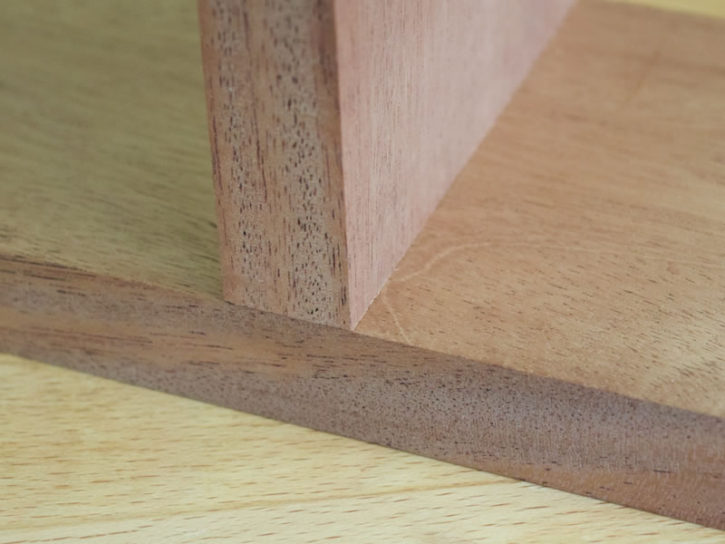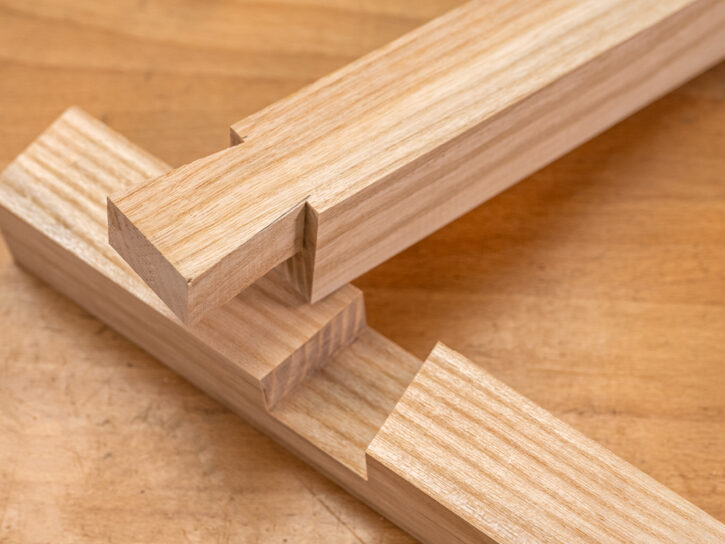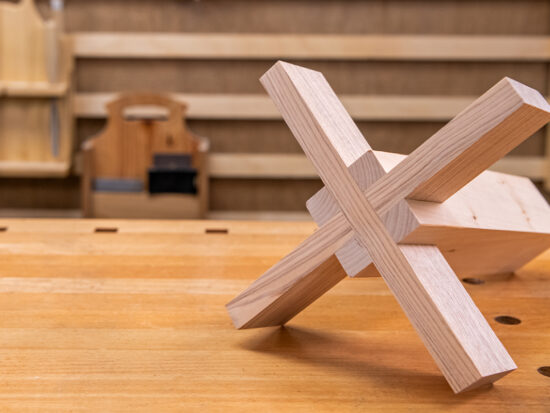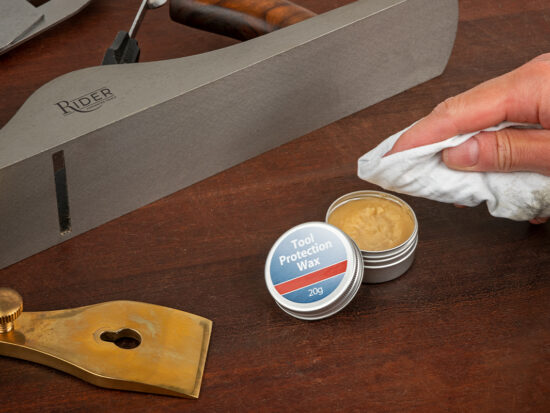How To Make a Wedged Mortice and Tenon Joint
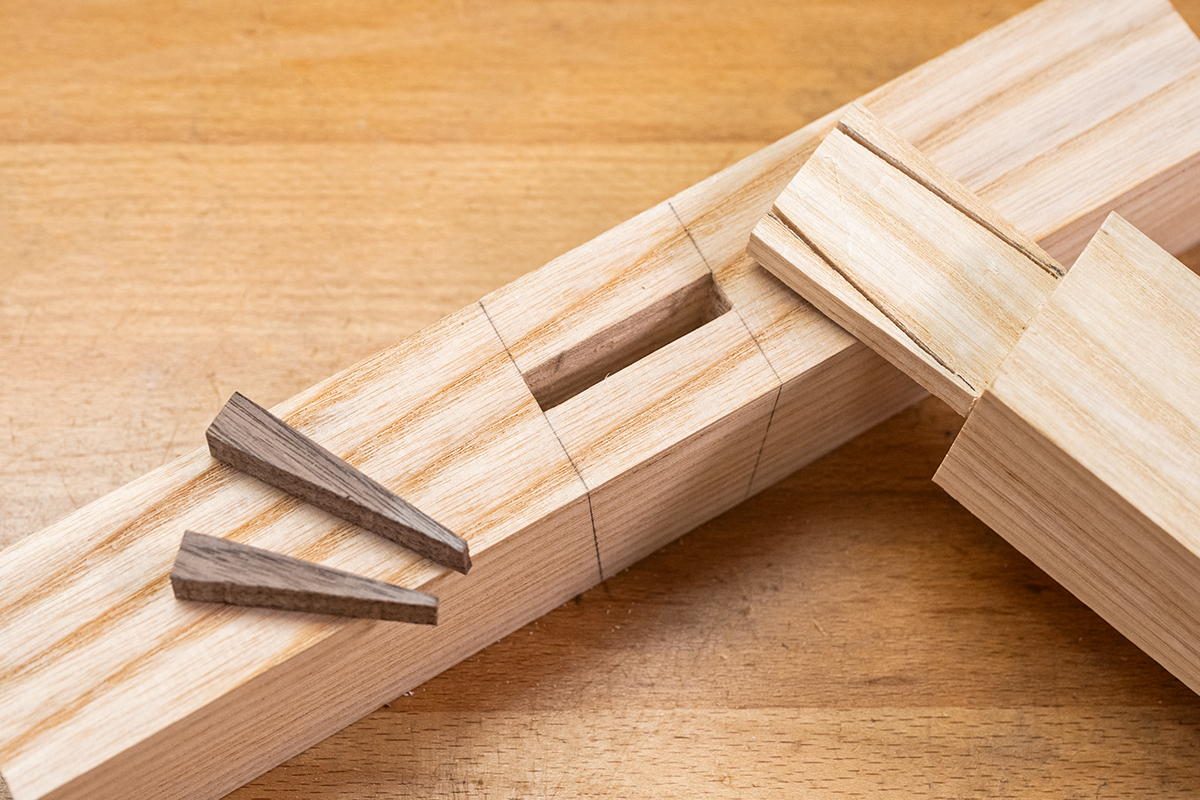
What you'll need
A mortice and tenon joint is probably the most iconic woodworking joint. There are three variations - a blind mortice and tenon, a through mortice and tenon and a wedged mortice and tenon.
Dating back thousands of years, the mortice and tenon joint is one of the oldest ways to join two pieces of wood. It comprises a mortice hole and tenon tongue which fit exactly into one another.
It’s a versatile joint that can be used in many different types of woodworking, from fine furniture to large oak framed buildings.
What is a mortice and tenon?
Most of the strength from a mortice and tenon joint is in the downward motion. It's not a strong in the pulling direction like a dovetail joint is. However, with a wedged mortice and tenon, adding wedges to the joint creates a flare, similar to the dovetail, meaning it becomes impossible to pull it apart again.
How to make a wedged mortice and tenon joint
Join Sean Evelegh in our Woodworking Wisdom demo as he guides you through cutting a wedged mortice and tenon joint.
Other cabinet joints
Read our other articles to learn how to make a range of furniture and cabinet joints and perfect your joinery skills.




